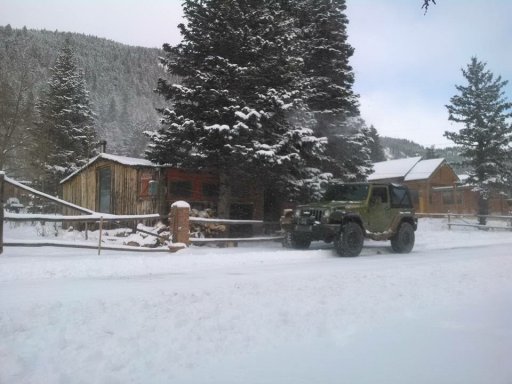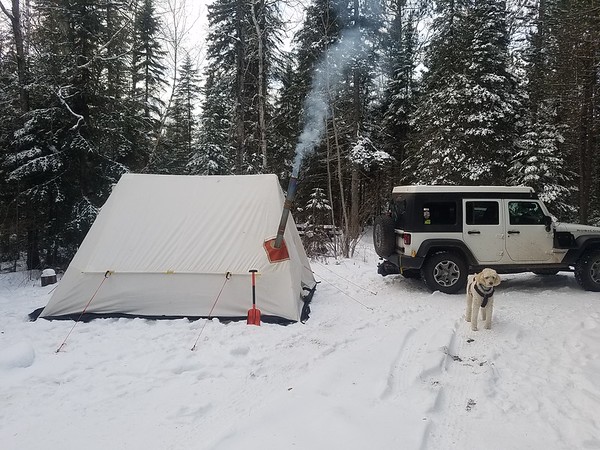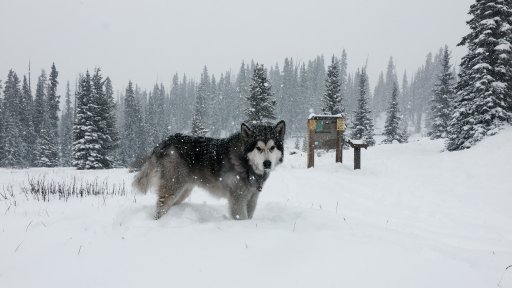I am looking for a way to make winter camping more tolerable for the wife, dogs, and myself. We’ve survived down to 18 degrees with our current setup, but it was miserable.
Is there any practical way to heat a large tent?
Electric heater: too big of a draw on car battery. Is there a battery setup or small generator that would make this work?
Gas/propane heater: increased risk of death. I know many of these heaters have oxygen sensors, but most of these are not rated for high elevation (7,000’+). Is anyone using a gas heater?
Stove tent/teepee: most of these seem wretchedly expensive—especially when the stove is added too. None appear geodesic (solid for wind/snow) and many don’t appear to have a floor or bug nets on doors and windows. What should I know about these tents? Is there a product you’d recommend?
Thanks for all of your knowledge and help!

Is there any practical way to heat a large tent?
Electric heater: too big of a draw on car battery. Is there a battery setup or small generator that would make this work?
Gas/propane heater: increased risk of death. I know many of these heaters have oxygen sensors, but most of these are not rated for high elevation (7,000’+). Is anyone using a gas heater?
Stove tent/teepee: most of these seem wretchedly expensive—especially when the stove is added too. None appear geodesic (solid for wind/snow) and many don’t appear to have a floor or bug nets on doors and windows. What should I know about these tents? Is there a product you’d recommend?
Thanks for all of your knowledge and help!











